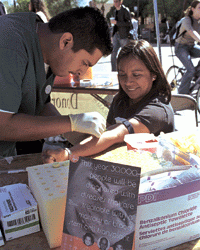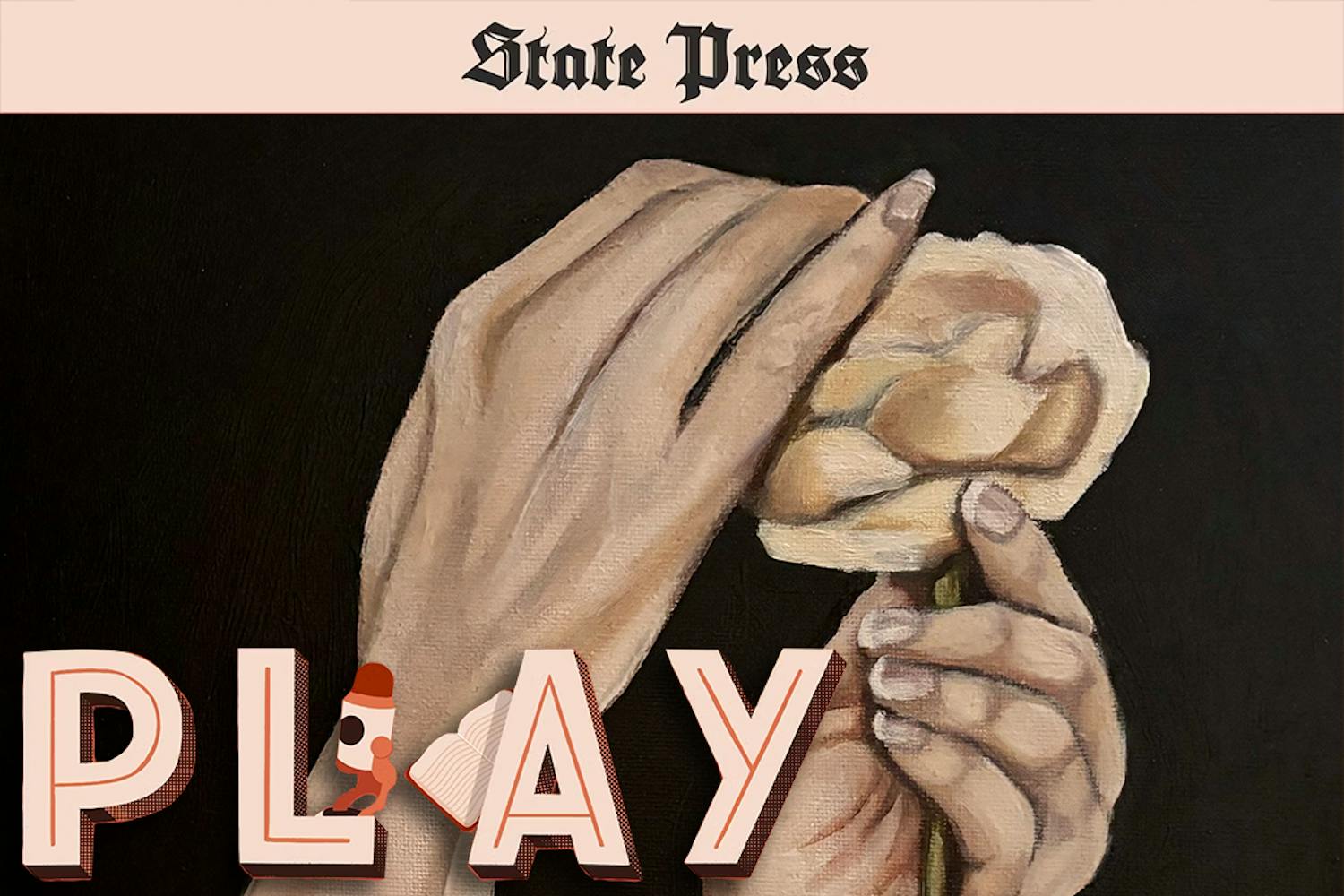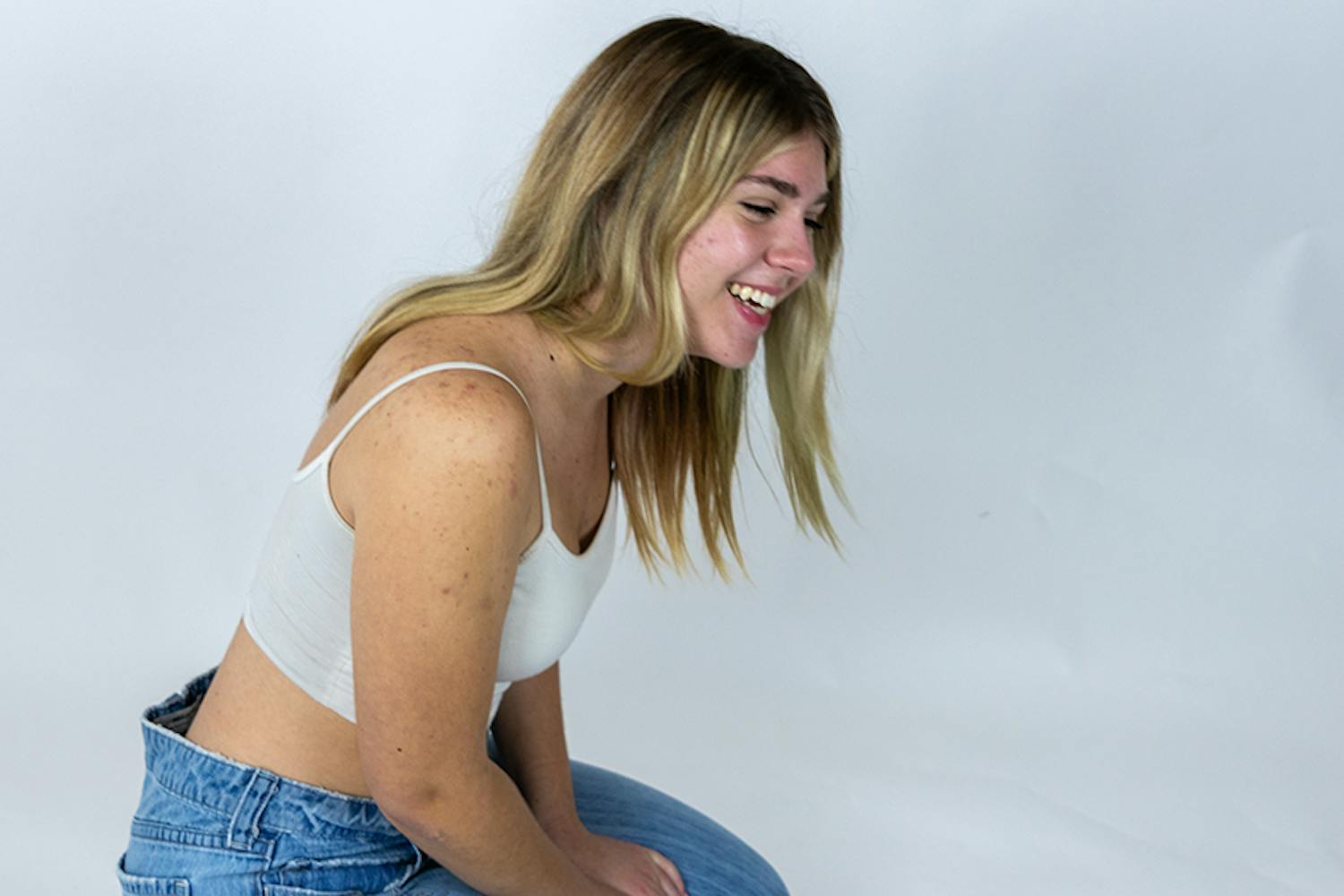Volunteers are needed on campus today as one ASU organization hopes to register at least 100 people, preferably of multiracial decent, on the National Marrow Donor Registry Program.
NMDP is in search of minority bone marrow because of a large demand from patients and a small supply of matching multiracial donors.
Multiracial patients have a more difficult time finding matches because of their heritage. Stem cell transplants require matching certain tissue traits between the patient and donor. These traits are inherited and a match will most likely be found in family members, but up to 70 percent of patients cannot find a match within their families.
The next best place to look for a match would be from someone who is from the same racial or ethnic group. Minorities are less likely than Caucasians to find a donor because of their mixed heritage. The number of minority patients that have received transplants has nearly tripled since 1995, according to the NMDP.
With the help of volunteers, Joel Lyons, a broadcasting senior and president of Students Identifying Multiracial and Biracial at ASU, or SIMBA, said he hopes to help patients of all backgrounds.
"We are looking mostly for multiracial people (to donate)," he said, adding that, "donating is not as painful as people think."
SIMBA was chosen as one of 11 multiracial student organizations across the nation to organize a bone marrow-thon on their campuses. The organization was chosen by the MAVIN Foundation, a nonprofit organization that celebrates multiracial people and families and is helping the NMDP register donors.
SIMBA was outside of the Memorial Union on Tuesday and will be there again from 10 a.m. to 2 p.m. today, attempting to reach their goal of 100 registered donors.
The MAVIN Foundation launched the program as its largest effort ever, aiming to register a least 1,000 multiracial people across the nation on college campuses.
As of Tuesday, they had 48 people registered as potential donors. The group is nearly halfway to its goal but still seeks more minorities to donate. Twenty-one of the 48 registered were Caucasian.
This year, more than 30,000 people, many of whom are children, will be diagnosed with diseases that are treatable with a marrow or stem cell transplant, the MAVIN Foundation reported.
At any given time, there is an average of 3,000 patients searching the donor registry, according to the NMDP. As of Dec. 31, the number of registered potential donors reached 4,556,650, of which 71.5 percent are Caucasian.
A greater diversity of donors will enable more patients to have an equal chance of finding a donor match.
"Just think of the kids out there that can be cured with bone marrow," Lyons said.
Students who registered Tuesday, such as freshman Adriana Alvarado and senior Alicia Milan, agreed that the procedure was painless and said they were happy to help.
"I'm Hispanic," Alvarado said. "My bone marrow is in demand."
Alvarado and Milan, both journalism majors, donated a sample of blood and will be registered until they are 61 years old. Eligible donors are healthy people between the ages of 18 and 60.
"I just think about if I needed it, I would hope someone would donate," Milan said.
Instead of a painful procedure where marrow has to be drawn from the back of the pelvic bone with a large sterile needle, new technology offers a much simpler method to see if someone is a donor match.
Donors are now able to give a small blood sample because stem cells, which enable new bone marrow to grow, are found in either the blood stream or the bone marrow.
"It's not what it used to be," Lyons said of becoming a potential donor. "Just a little bit of blood can help save a life."
Reach the reporter at terry.oreilly@asu.edu.




